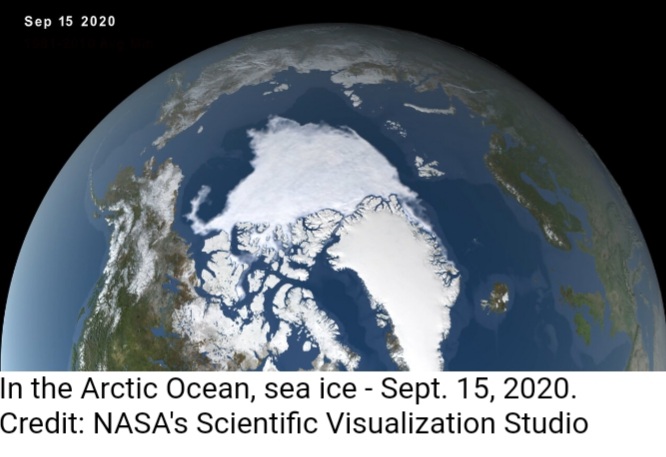**** Info via Environment Canada
Warmest September on record
According to the Copernicus Climate Change Service/ECMWF, we just had the warmest September on record, with the global average air temperature 0.05°C warmer than September 2019 – which was the previous record holder for the month of September. September 2020 was:
- 0.63°C warmer than the 1981-2010 30 year normal* temperature for September;
- the warmest September in this data set;
- warmer by 0.05°C than September 2019; and
- warmer by 0.08°C than September 2016, the third warmest September.

Surface air temperature anomaly (difference from average) for September 2020 relative to the September average for the period 1981-2010. Data source: ERA5. Credit: Copernicus Climate Change Service/ECMWF.
Temperatures were well above average in many regions across the globe, including parts of Siberia, and in the Middle East.
Temperatures over western North America continued to be much higher than average: Southern British Columbia was extremely warm with Abbotsford, Campbell River, Comox, Kelowna and Victoria all seeing their warmest September on record. Moreover, in California, USA, on September 6 2020, Los Angeles County recorded its highest temperature ever at 121°F (49°C) at Woodland Hills.
New high temperature records were reported for Turkey, Israel and Jordan. Amidst a devastating drought and heatwave, an all time national record high temperature was reported September 26 in Paraguay when the mercury soared to 45.3°C in Boquerón.
Meanwhile Australia experienced its second warmest September on record, after 2013. Western Australia experienced an early-season record of 41.8 °C at Mandora, WA on September 14 – which was the earliest occurrence of such a high temperature after July 1, as well as being a monthly record.

*What are climate “normals”?
Scientists traditionally define a climate normal as an average over a recent 30-year period. Our most recent installment covers the period from 1981 to 2010. Why 30 years? Close to a century ago, the International Meteorological Organization—now known as the World Metrological Organization—instructed member nations to calculate climate normals using 30-year periods, beginning with 1901–1930. Statistical rules state that you need at least 30 numbers to get a reliable estimate of their mean or average. Therefore, our scientists have traditionally defined “normals” as averages over 30 years. When talking about new or record breaking averages, we always refer back to the most recent 30-year period to allow for shifting climate trends.
.
2020 record low Arctic sea ice.
On September 15 2020, Arctic sea ice reached its annual minimum extent of 3.74 million square kilometers. The minimum ice extent is the second lowest in the 42-year-old satellite record, reinforcing the long-term downward trend in Arctic ice extent.

In the last two decades, the minimum extent of Arctic sea ice in the summer has dropped markedly. The lowest extent on record was set in 2012.
| Rank | Year | Minimum extent (in millions of km2) |
Date |
| 1 | 2012 | 3.39 | Sept 17 |
| 2 | 2020 | 3.74 | Sept 15 |
| 3 | 2007 2016 2019 |
4.16 4.17 4.19 |
Sept 18 Sept 18 Sept 10 |
| 6 | 2011 | 4.34 | Sept 11 |
| 7 | 2015 | 4.43 | Sept 9 |
| 8 | 2008 2010 |
4.59 4.62 |
Sept 19 Sept 21 |
| 10 | 2018 2017 |
4.66 4.67 |
Sept 23 Sept 13 |
Lowest minimum Arctic sea ice extents (satellite record, 1979 to present). Credit: US National Snow and Ice Data Centre (NSIDC).
The long-term decline in sea ice extent has led to fewer regions of thick, multi-year ice (ice that persists through the summer melting season) that usually builds up over multiple winters. In addition, a recent study showed that warmer water from the Atlantic Ocean is also affecting Arctic sea ice.
Increased global temperatures will result in continued reduction in sea ice across the Canadian Arctic in summer. The region to the north of the Canadian Arctic Archipelago and Greenland will be the last area in the Arctic with multi-year ice present during the summer.
For more: Changes in snow, ice and permafrost across Canada.



